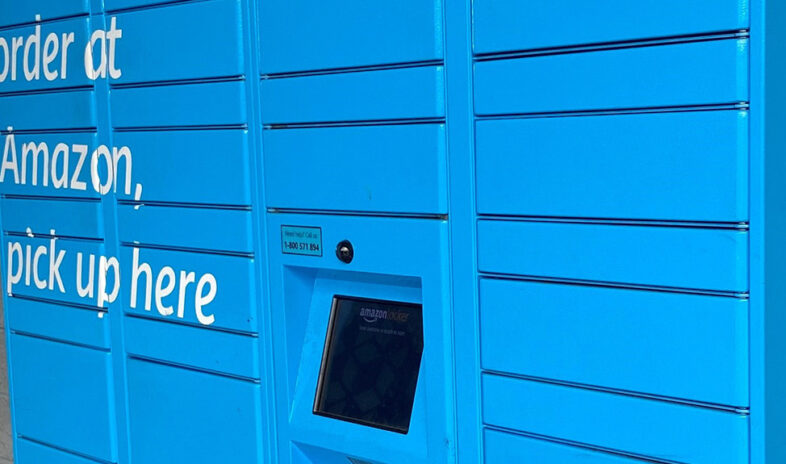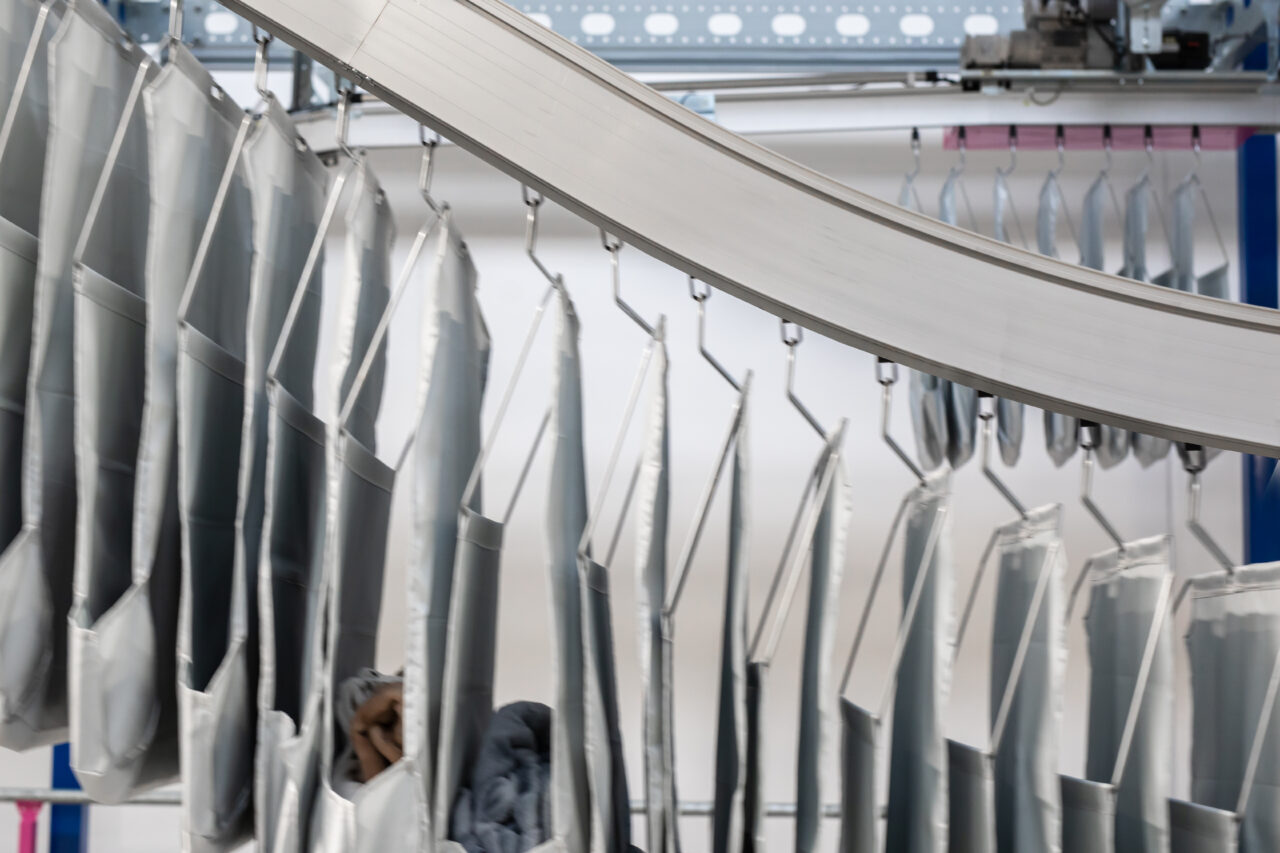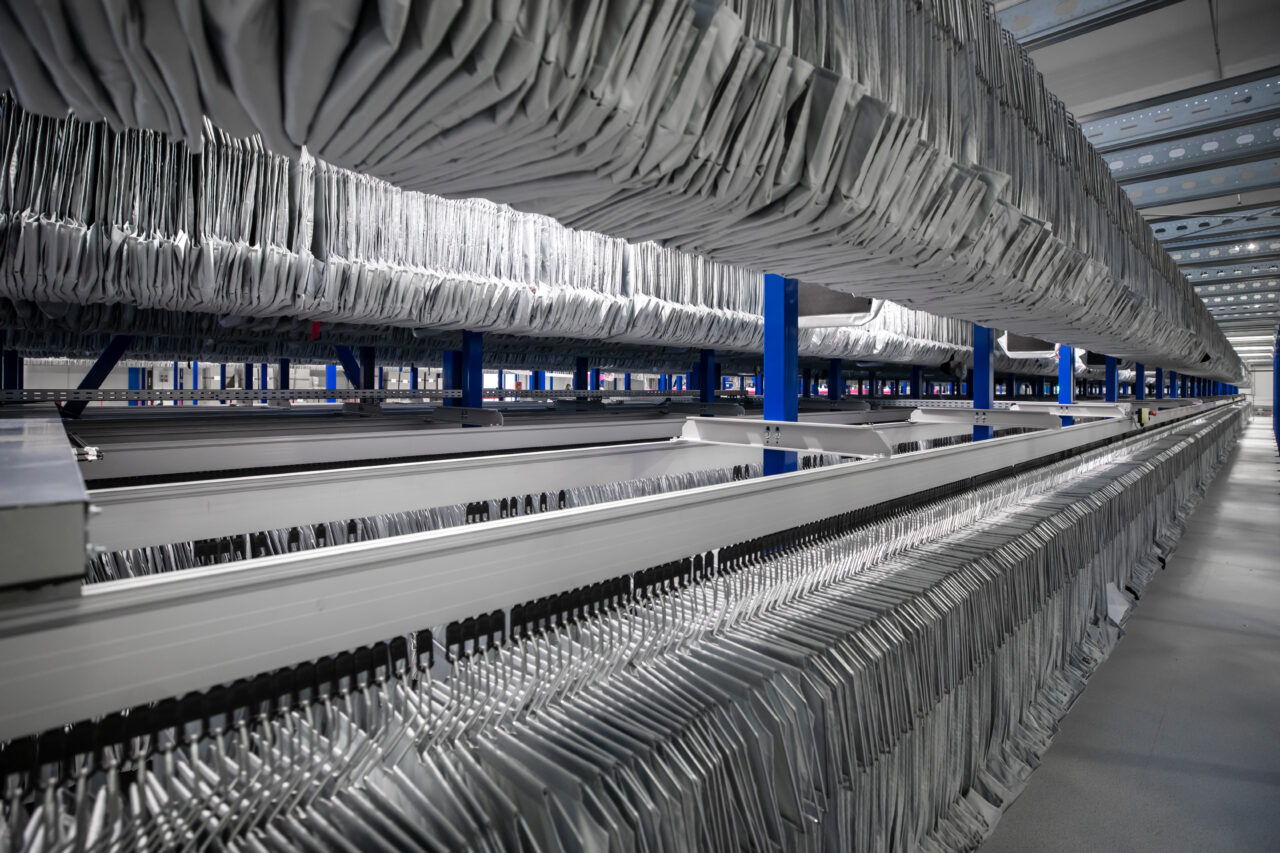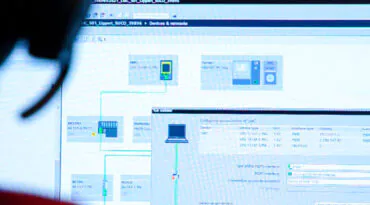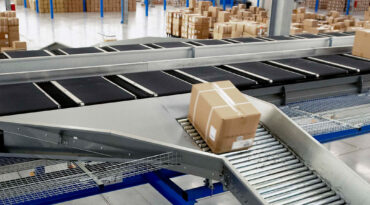When a warehouse logistics professional mentions the throughput of a pouch system module, what do they actually mean?
Without any clarification, it is difficult to know which type of throughput is being referred to.
This is potentially problematic, as a material handling system provider might promise a logistics centre manager a throughput for a system, for example a pouch system, that is only theoretically possible, but in reality is impossible for them to achieve.
After months of live operations trying to achieve the promised throughput to satisfy the demand of its biggest customers, it turns out the logistics centre manager can only fulfil it by acquiring two pouch system modules.
This comes at huge extra cost, not only in terms of the cost of the system and installation, but also the need for extra footprint and labour.
Avoiding confusion with onboard expertise
Such a misunderstanding is less likely if the logistics centre manager has recruited expertise at the start of their buying journey – preferably in the form of a trusted, experienced, expert system provider.
This way the logistics centre manager and system provider will be on the same page when they discuss the throughput of a pouch system.
Every pouch system has two throughputs:
- ‘Technical Throughput’ – a best-case scenario
- Actual ‘System Throughput’ – reflects real-world conditions
For the purpose of this article, let’s assess both types of throughput, paying particular attention to what a warehouse manager should consider before they invest in a pouch system.
Technical Throughput – works well in theory
The Technical Throughput can be achieved when each and every single component and part of the process is running at 100 percent.
So not just the pouch system itself, but all the picking, switches, conveyors, automation and non-automation – humans loading, unloading, handling fulfilment etc.
Or, at least, that’s the theory.
Calculating the Technical Throughput is a little bit like testing the fuel efficiency of a new car. In laboratory conditions, five litres of fuel are poured in, and the car runs on a chassis dynamometer at a controlled steady speed for 100 km – with experienced experts in control.
In reality, this performance would not be possible in real-life conditions.
But the Technical Throughput is a useful figure for means of comparison, as it’s easy to calculate using data – so it is widely used in the industry.


